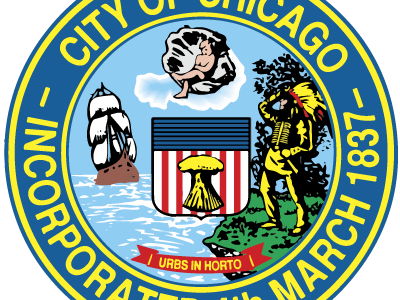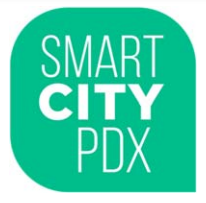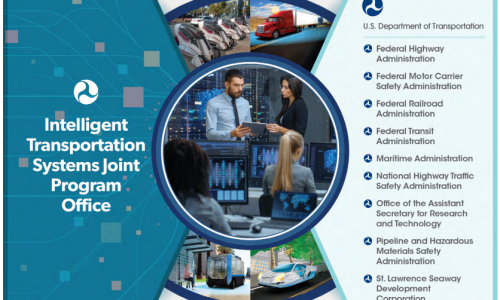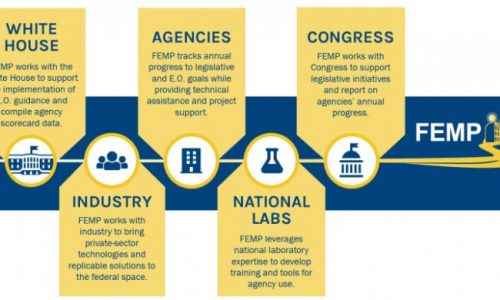Toyota Advanced Driving Support System
Toyota Motor Corporation (Toyota) seeks, as a mobility company, to enrich people’s lives through mobility. As a part of this effort, Toyota has positioned safety as a top-priority issue in accordance with its ultimate goal of reducing fatalities from traffic accidents to zero and is developing safety and automated driving technologies to offer unrestricted mobility […]









